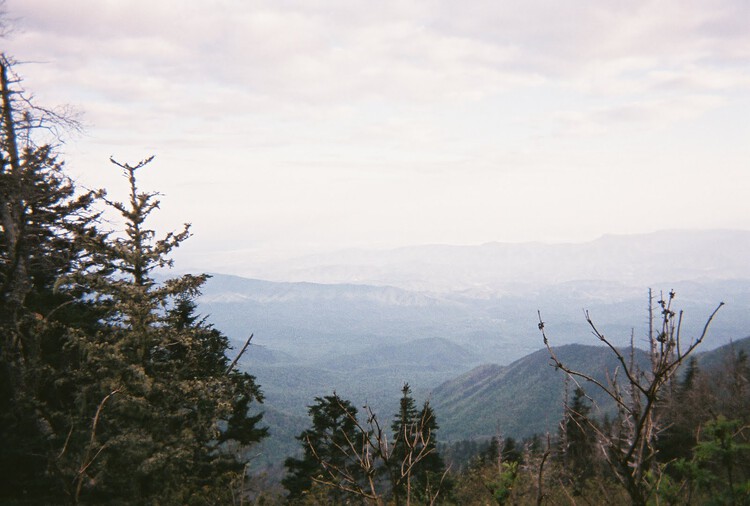Geology with a human touch

There ought to be a word for geologic processes that happen on a human scale. Maybe the most ready-at-hand word for that right now is “climate change.”
When the Pacific Ocean volcano known as Hunga Tonga-Hunga-Haʻapai erupted in 2015, it created a new landmass by fusing two islands together. When it erupted a month ago, it mostly destroyed them.
Compare the instant generation and pulverization of land to the timescale that created the Grand Canyon: on the order of millions, if not tens of millions of years. Or the time it took the Appalachian Mountains to be raised and then lowered to their present height: over a billion years. When it comes to lengths of time, geology is second only to cosmology. But you can’t touch the stars, or dig them up.
Most of the coal that created modern industry came into being several hundred million years ago, during the “Carboniferous” Period, when carbon was being pulled out of the atmosphere on the scale of mountain ranges. Now–this is the “now” of the recent past–a good percentage of that coal has come out of the ground and back into the air.
There ought to be a term for this, because the main byproduct of a geologic event on human scale is energy release–unbelievable quantities of energy, over barely longer than a human lifetime: the razing of mountains, volcanic explosions, enough heat to raise the temperature of an entire planet.